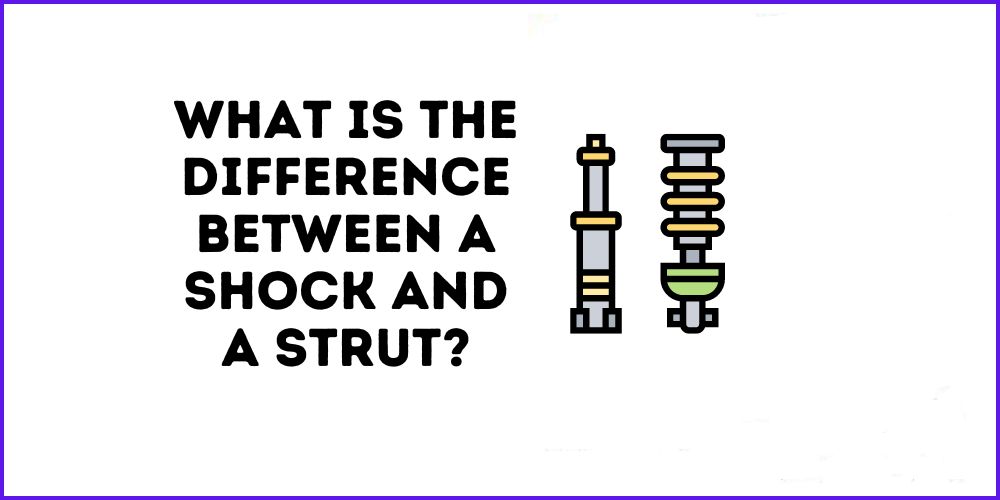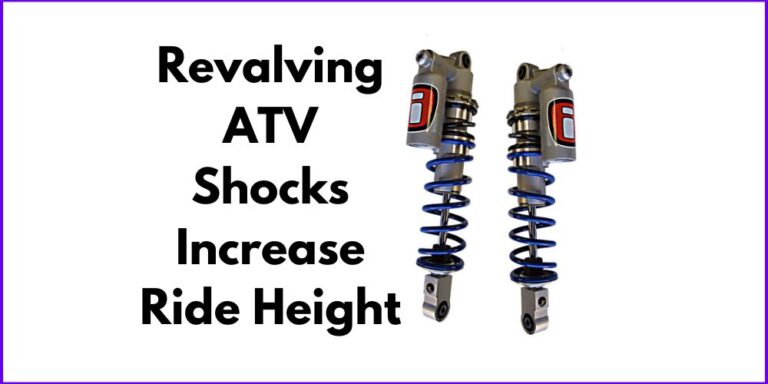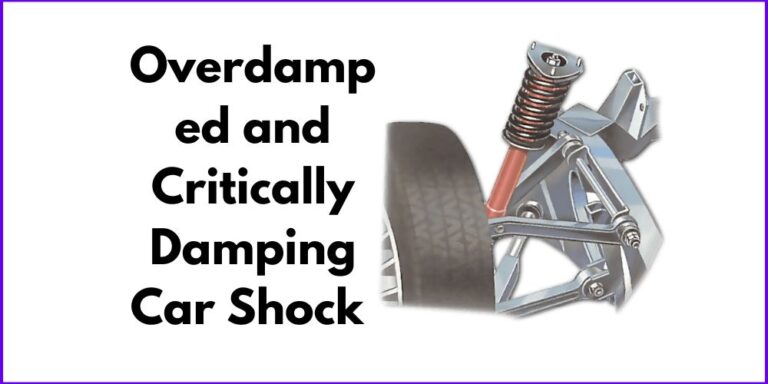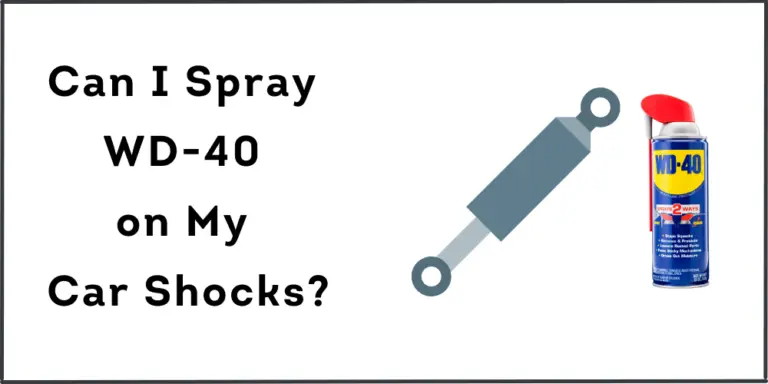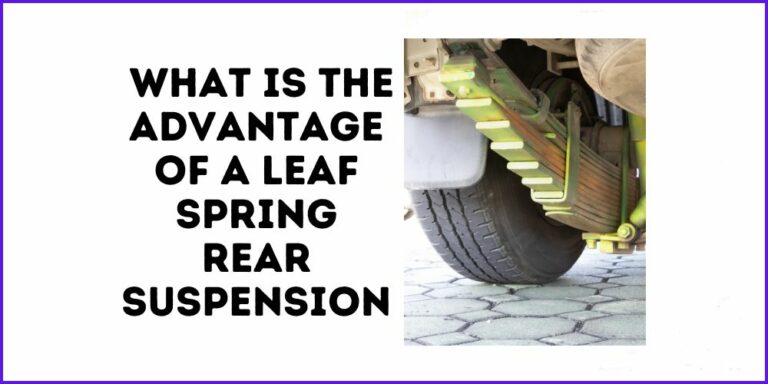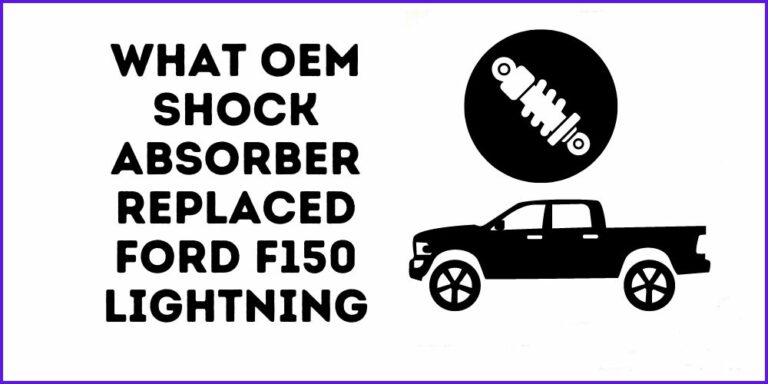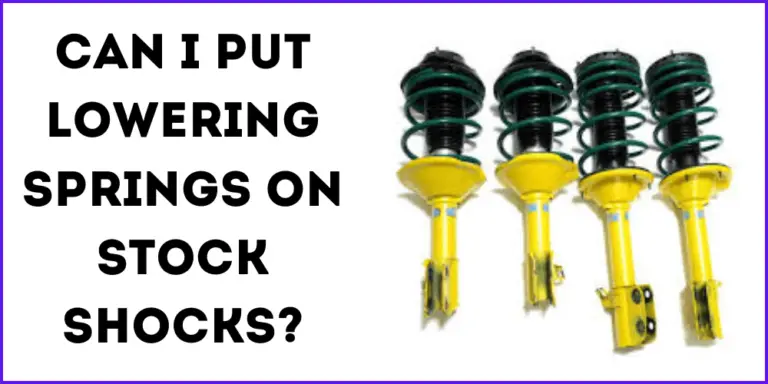As a car owner, you may have heard of the importance of maintaining your vehicle’s suspension system. The suspension system is responsible for providing a smooth ride by absorbing the impact of road imperfections and maintaining contact between the tires and the road. Two key components of the suspension system are shocks and struts. Understanding the difference between these two components is important for proper vehicle maintenance and ensuring the best driving experience.
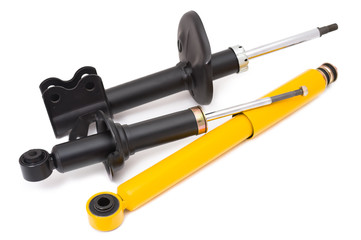
In this blog post, we will dive deeper into the importance of shocks and struts in a vehicle’s suspension system, and the key differences between the two components. We will also discuss how to determine if your vehicle needs new shocks or struts, and the common symptoms of worn-out shocks or struts. By the end of this post, you will have a better understanding of the role of shocks and struts in your vehicle, and how to keep them in good working condition for a safe and comfortable ride.
What is Shock?
Shocks, also known as shock absorbers, are devices that are part of a vehicle’s suspension system. They are responsible for controlling the movement of the springs and helping to keep the tires in contact with the road. Shocks work by using a piston and oil to convert the kinetic energy of the suspension’s movement into heat energy, which is then dissipated. This helps to control the rebound and compression of the suspension, which improves the handling and stability of the vehicle.
There are several types of shocks available on the market, including twin-tube, monotube, and coil-over shocks.
- Twin-tube shocks have two tubes, an outer tube, and an inner tube. The inner tube contains the piston and oil, while the outer tube contains gas. This design allows for a more comfortable ride and is often found in vehicles with softer suspension.
- Monotube shocks have only one tube, and the piston and oil are located inside this tube. This design allows for better heat dissipation and improved performance. Monotube shocks are typically found in sportier vehicles and vehicles with firmer suspensions.
- Coilover shocks are a combination of a shock absorber and a coil spring. They provide both the dampening function of a shock and the spring action of a coil spring in one unit. Coilover shocks are often found in racing and high-performance vehicles, as they offer greater adjustability and fine-tuning of the suspension.
Shocks play a crucial role in maintaining a vehicle’s stability, handling, and safety. They help to reduce the impact of bumps, potholes, and other road imperfections, which can improve the vehicle’s ride comfort, reduce driver fatigue, and prolong the lifespan of the tires. Worn-out shocks can negatively affect the vehicle’s handling, stability, and safety, and can cause the vehicle to bounce excessively or sway. A vehicle with worn-out shocks may also have poor tire wear and poor fuel economy.
However, shocks are an important component of a vehicle’s suspension system that helps control the movement of the spring and maintain contact between the tires and the road. Different types of shocks offer different features and benefits, but all play an important role in maintaining a smooth and safe ride. Regular maintenance and replacement of worn-out shocks are important to ensure the vehicle is operating at its best.
What is Strut?
A strut is a combination of a shock absorber and a coil spring and is a structural component of the vehicle’s suspension system. Struts are typically found in vehicles that have a MacPherson suspension design, which is a popular design in front-wheel drive vehicles. The MacPherson suspension design uses a strut to act as a steering pivot as well as a suspension component. Struts also provide both the dampening function of a shock absorber and the spring action of a coil spring in one unit.
The main difference between a shock and a strut is that a shock is a stand-alone component that only dampens the movement of the suspension, while a strut is a combination of a shock absorber and a coil spring that provides both dampening and spring action. Struts also act as a structural component of the suspension, providing additional support to the vehicle’s body.
Struts play a crucial role in maintaining a vehicle’s stability, handling, and safety. They help to reduce the impact of bumps, potholes, and other road imperfections, which can improve the vehicle’s ride comfort, reduce driver fatigue, and prolong the lifespan of the tires. Worn-out struts can negatively affect the vehicle’s handling, stability, and safety, and can cause the vehicle to bounce excessively or sway. A vehicle with worn-out struts may also have poor tire wear and poor fuel economy. Struts also play an important role in maintaining proper alignment, which is essential for tire wear and safety.
Finally, struts are a combination of a shock absorber and a coil spring and are typically found in vehicles that have a MacPherson suspension design. Struts differ from shocks in that they provide both dampening and spring action and act as a structural component of the suspension system. Struts play an important role in maintaining a vehicle’s stability, handling, and safety and regular maintenance and replacement of worn-out struts are important to ensure the vehicle is operating at its best.
Comparison of Shocks and Struts
When it comes to maintaining a vehicle’s suspension system, shocks and struts are often mentioned in the same breath. While both are important components of the suspension system, they do have some similarities and differences. Understanding these similarities and differences, as well as how to determine if a vehicle needs new shocks or struts and the common symptoms of worn-out shocks or struts, can help car owners make informed decisions about their vehicle’s maintenance.
Similarities:
- Both shocks and struts are part of a vehicle’s suspension system and play a crucial role in maintaining the vehicle’s stability, handling, and safety.
- Both shocks and struts help to reduce the impact of bumps, potholes, and other road imperfections, which can improve the vehicle’s ride comfort, reduce driver fatigue, and prolong the lifespan of the tires.
- Both shocks and struts can wear out over time and lose their effectiveness, which can negatively affect the vehicle’s handling, stability, and safety.
Differences:
- A shock is a stand-alone component that only dampens the movement of the suspension, while a strut is a combination of a shock absorber and a coil spring that provides both dampening and spring action.
- Struts are typically found in vehicles that have a MacPherson suspension design, which is a popular design in front-wheel drive vehicles. Struts also act as a structural component of the suspension, providing additional support to the vehicle’s body.
To determine if a vehicle needs new shocks or struts, car owners can look for the following symptoms:
- Excessive bouncing or swaying of the vehicle when driving over bumps or potholes
- Uneven tire wear or poor fuel economy
- Difficulty steering or maintaining proper alignment
- Leaking or visibly worn-out shocks or struts
It is recommended to check the owner’s manual for the manufacturer’s recommendations on when to replace shocks and struts, as well as to have a professional mechanic inspect the vehicle’s suspension system regularly.
Can you replace just the shock in a strut?
It is possible to replace just the shock in a strut, however, it is generally recommended to replace both shock absorbers or struts if only one is bad. This is because when one shock absorber or strut is worn out, the other one is likely to be worn out as well. Replacing both shock absorbers or struts at the same time will ensure that both sides of the vehicle’s suspension system are able to absorb road bumps and maintain the stability, handling, and safety of the vehicle efficiently.
However, uneven wear and tear in the suspension system may lead to poor ride, and handling and even cause additional wear to other components. Therefore, it is usually recommended to replace them in pairs, for example, both front struts or both rear shocks.
Are struts more expensive than shocks?
When it comes to replacing suspension components, struts tend to be more expensive than shocks. On average, parts expenses to replace the shocks on the same axle will range between $250 and $600, while labor costs will range between $150 and $350. However, when it comes to struts, are significantly more costly. The overall cost to replace a pair of struts, including wheel alignment, is between $400 and $1,000 on average.
This is due to the fact that struts are a combination of a shock absorber and a coil spring and also act as a structural component of the suspension system, which requires more work to replace. Additionally, struts are usually found in vehicles that have a MacPherson suspension design, which is a popular design in front-wheel drive vehicles, and thus, it would be more costly than other types of suspension.
Finally
In conclusion, shocks and struts are both important components of a vehicle’s suspension system that play a crucial role in maintaining the vehicle’s stability, handling, and safety. Shocks, also known as shock absorbers, are devices that control the movement of the springs and help keep the tires in contact with the road, while struts are a combination of a shock absorber and a coil spring that provide both dampening and spring action, and typically found in vehicles that have a MacPherson suspension design.

